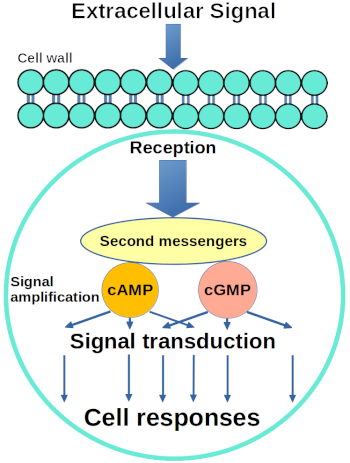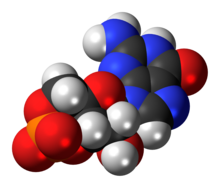- Enhanced and faster injury healing. Targeted bio-signaling stimulation of intracellular 'second messenger' molecule pathways: cyclic-A-M-P and cyclic-G-M-P that relay and amplify the messages for metabolic activity and healing.
- Enhanced and faster injury healing. Targeted bio-signaling stimulation of intracellular 'second messenger' molecule pathways: cyclic-A-M-P and cyclic-G-M-P that relay and amplify the messages for metabolic activity and healing.
- Neuropathic pain blocking. Decreases the overall activity and the 'action potential' electrical voltage of pain nerve cell 'voltage-gated' ion channels, reducing or stopping the transmission of pain signals.
- Neuropathic pain blocking. Decreases the overall activity and the 'action potential' electrical voltage of pain nerve cell 'voltage-gated' ion channels, reducing or stopping the transmission of pain signals.
- Increased nerve cell (neuron) and axon survival and regeneration after injury. Prevention of future neuropathic pain and loss of function.
- Increased nerve cell (neuron) and axon survival and regeneration after injury. Prevention of future neuropathic pain and loss of function.
- Anti-inflammatory. Modulates both immune and non immune system inflammatory processes—protects injured tissues from chronic degradation.
- Anti-inflammatory. Modulates both immune and non immune system inflammatory processes—protects injured tissues from chronic degradation.
- Enhances circulation. Relaxes localized small blood vessels (vasodilation).
- Enhances circulation. Relaxes localized small blood vessels (vasodilation).
- Reduces muscle tension. Enhances function and regeneration of muscles and nerves following injury.
- Reduces muscle tension. Enhances function and regeneration of muscles and nerves following injury.
- Increases localized carbohydrate metabolism. Increased energy accelerates tissue healing.
- Increases localized carbohydrate metabolism. Increased energy accelerates tissue healing.
- Non-invasive and no drug side effects. For home and clinic use.
- Non-invasive and no drug side effects. For home and clinic use.
- International Patent Application Pending device & technology.
- International Patent Application Pending device & technology.






